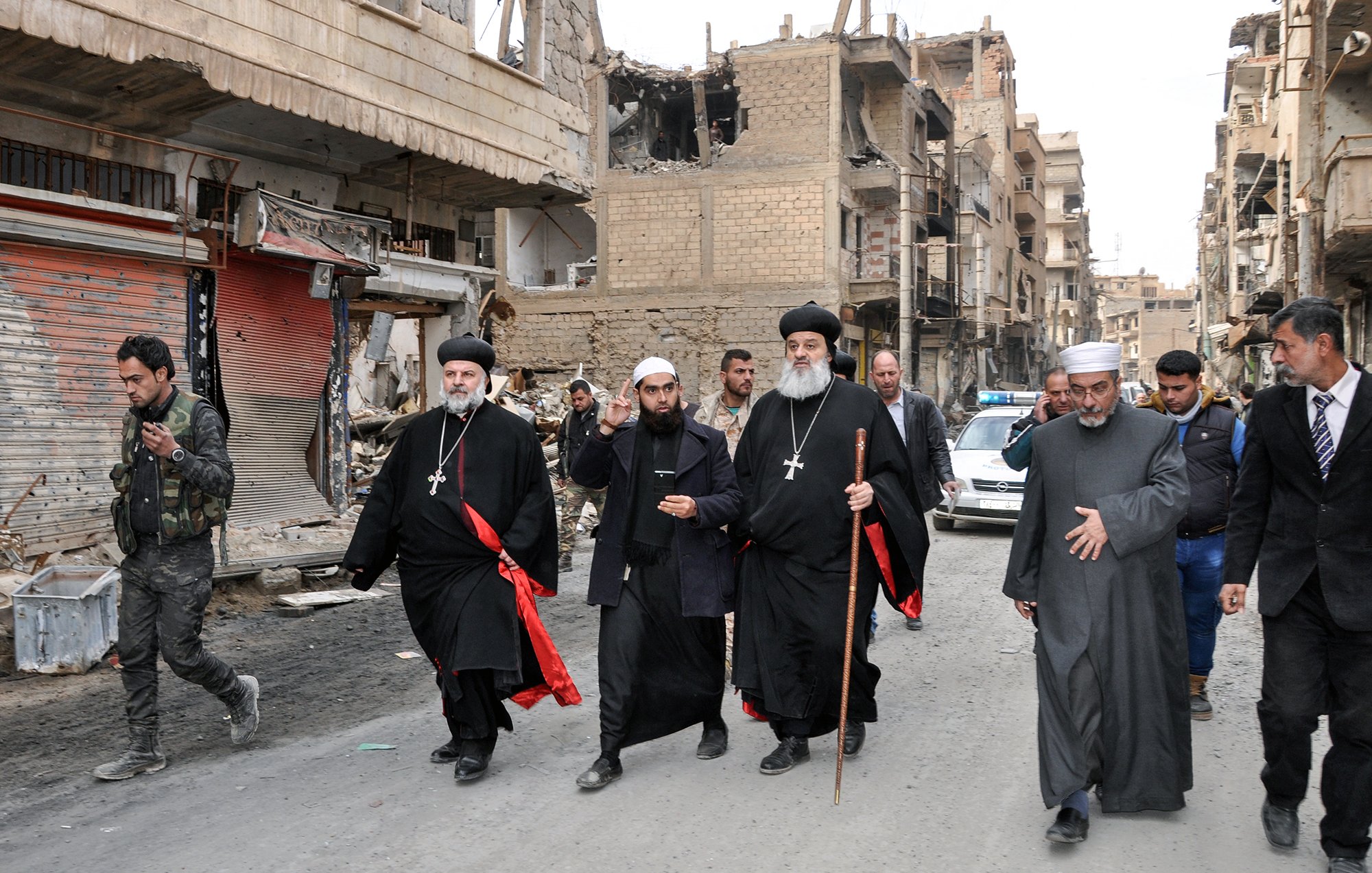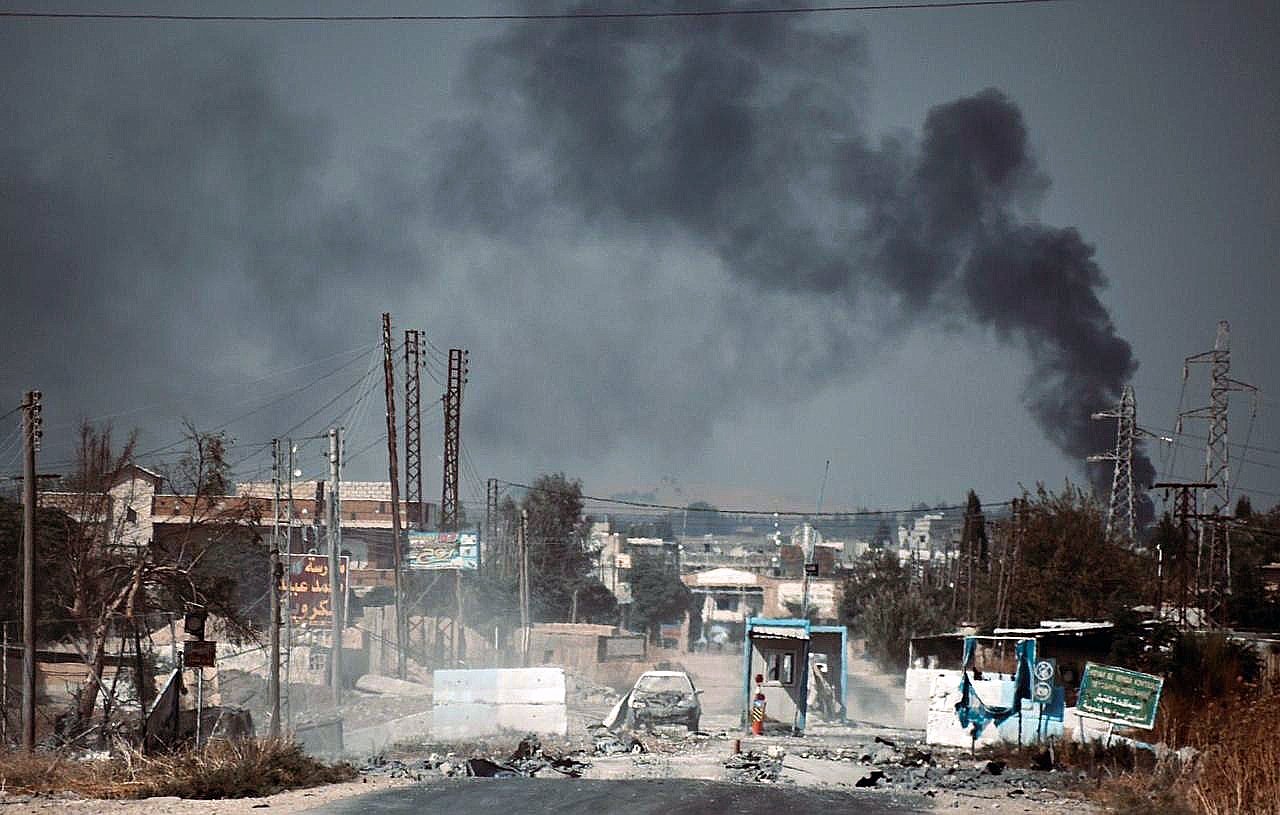Pierre-Yves Baillet
Freelance journalist specialising in the geopolitics of the Middle East. [e]Freelance journalist specialising in Middle Eastern geopolitics.
-

-


